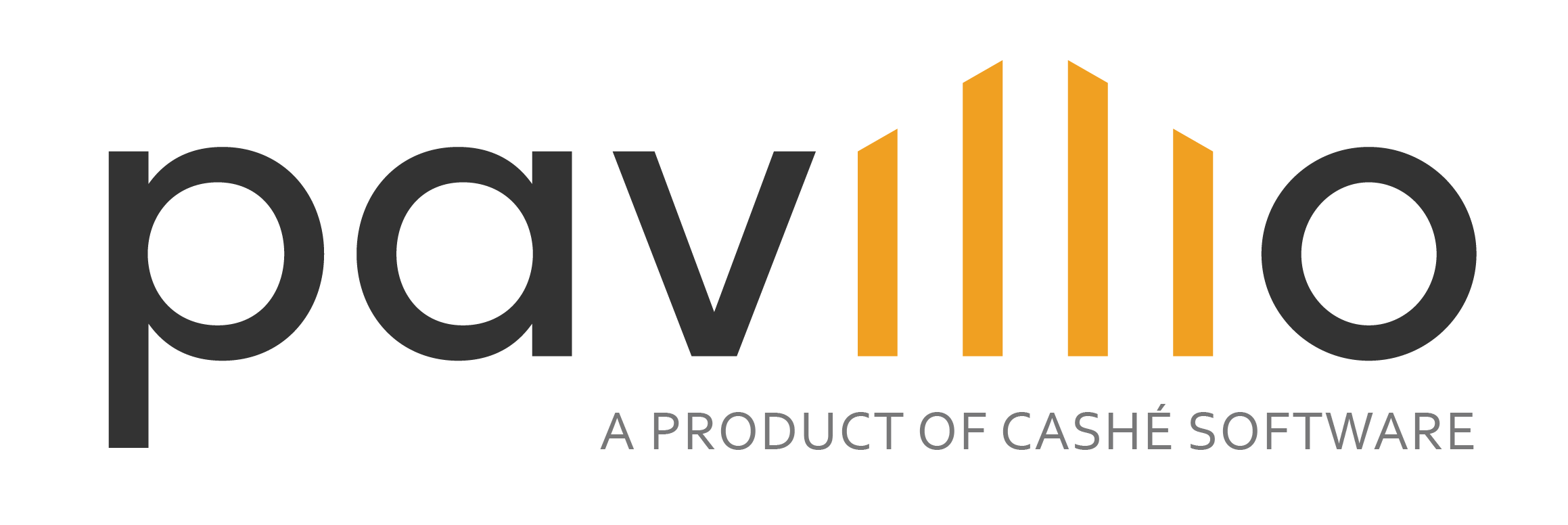
18 Nov Emerging Trends in 2020 Public Programs Part II
In the first half of our deep dive into recent public program trends, we looked at five of the most prevalent Medicare and Medicaid trends. In the second part of our review of these recent movements, we look at even more trends to keep an eye out for in the coming year.
Reforming Delivery Systems
You can expect to see changes in the way care is delivered so that our public health care programs can be more effective and more efficient. Over the last year alone, there have been several delivery and payment models that have been aimed at improving the quality of care for patients.
You can expect more of these moving forward for different types of populations and care providers. More specifically, Medicaid leaders at the state level are looking to facilitate payment reform and are focused on those with complex care needs, social needs, and pregnant mothers.
Changes in Pharmaceuticals
Pharmacy spending continues to skyrocket year after year and even more new and costly drugs are about to hit the market. This is why states are using policy levers to help deliver new milestones when it comes to pharmaceuticals, including:
- Alternative Payment Models ensures a drug manufacturer’s reimbursement is tied to the results or an agreed-upon outcome with that drug experience.
- Statewide Preferred Drug List (PDL) is a budget tool that will maximize rebate dollars for the state. At the beginning of the year, 13 states were signed up for this initiative, and 12 more have started offering this service throughout the year.
- High-Cost Drug Management to help keep high-cost medications more accessible. Management tools are being considered that could allow certain claims to be paid through fee-for-service Medicaid.
Medicaid and Medicare Alignment
Several states and CMS providers are pursuing an effort that would coordinate and integrate Medicare and Medicaid. Many experts believe this would improve outcomes for patients and help mitigate unnecessary spending. Different states are finding their own progressive and innovative approach to making these changes in their local areas. As for CMS, they have publicly stated that they want to increase integration across Medicare and Medicaid even more in the coming years.
Addressing the Social Determinants of Health
More research is being done on reducing the negative impact of social determinants of health (SDOH). These influence health and well-being to improve health outcomes and help lower health costs as well. There has been a heavy focus on the impact of SDOH and how it drives activities among all of the health care stakeholders (including policymakers, healthcare providers, and patients).
Of course, in addition to these changes, you can also see the marketplace evolving as well. As the needs and wants of the consumer change, and technology starts to usher in a new era in the health care world, we can only expect more changes. The development and inclusion of technology have already been bringing about massive changes in this industry. You can only expect it will help open up new avenues to care for consumers moving forward.
Change is coming to our public programs, and by looking at some of the latest trends from this past year, we can get a better look at where these programs are headed in the future.
